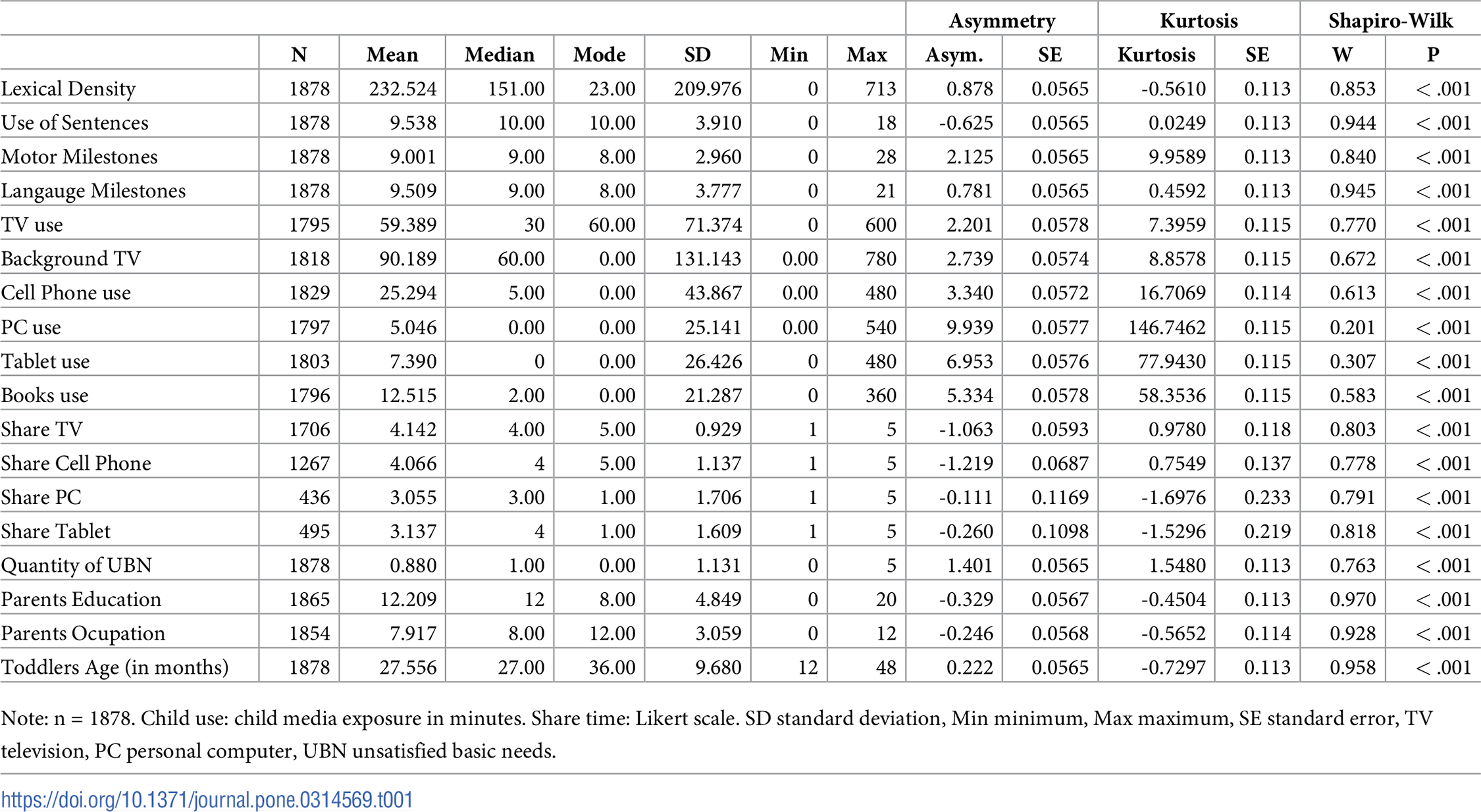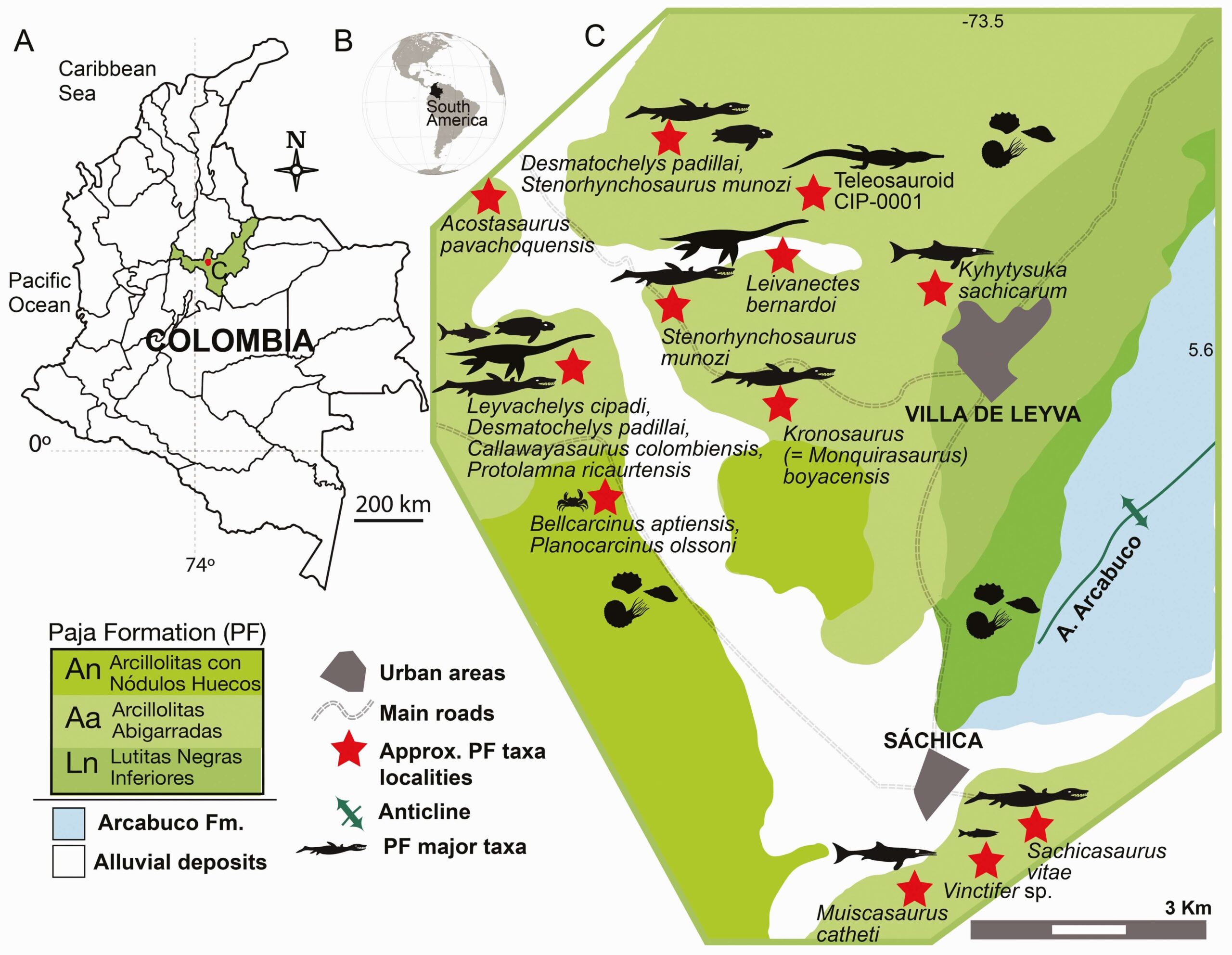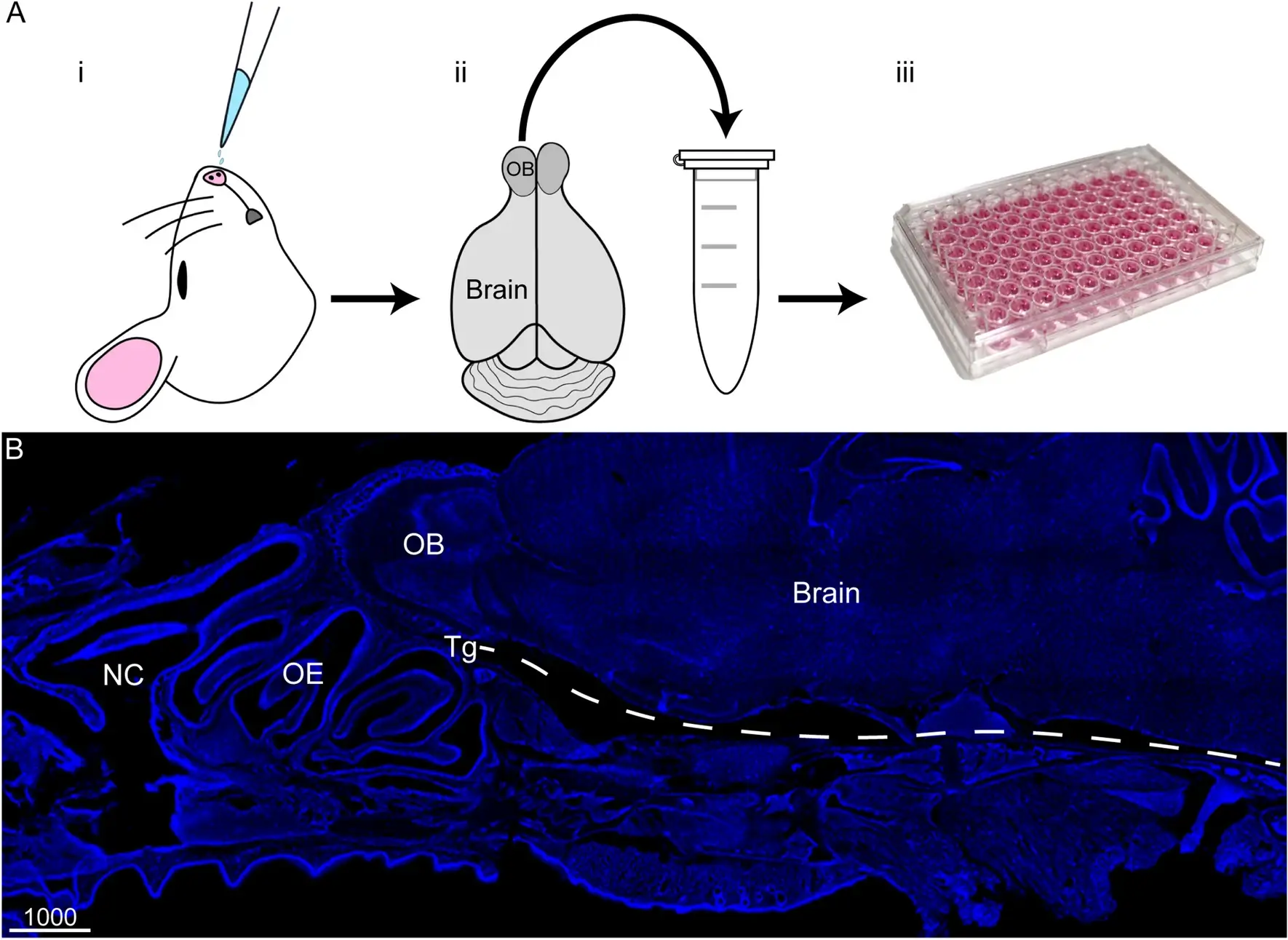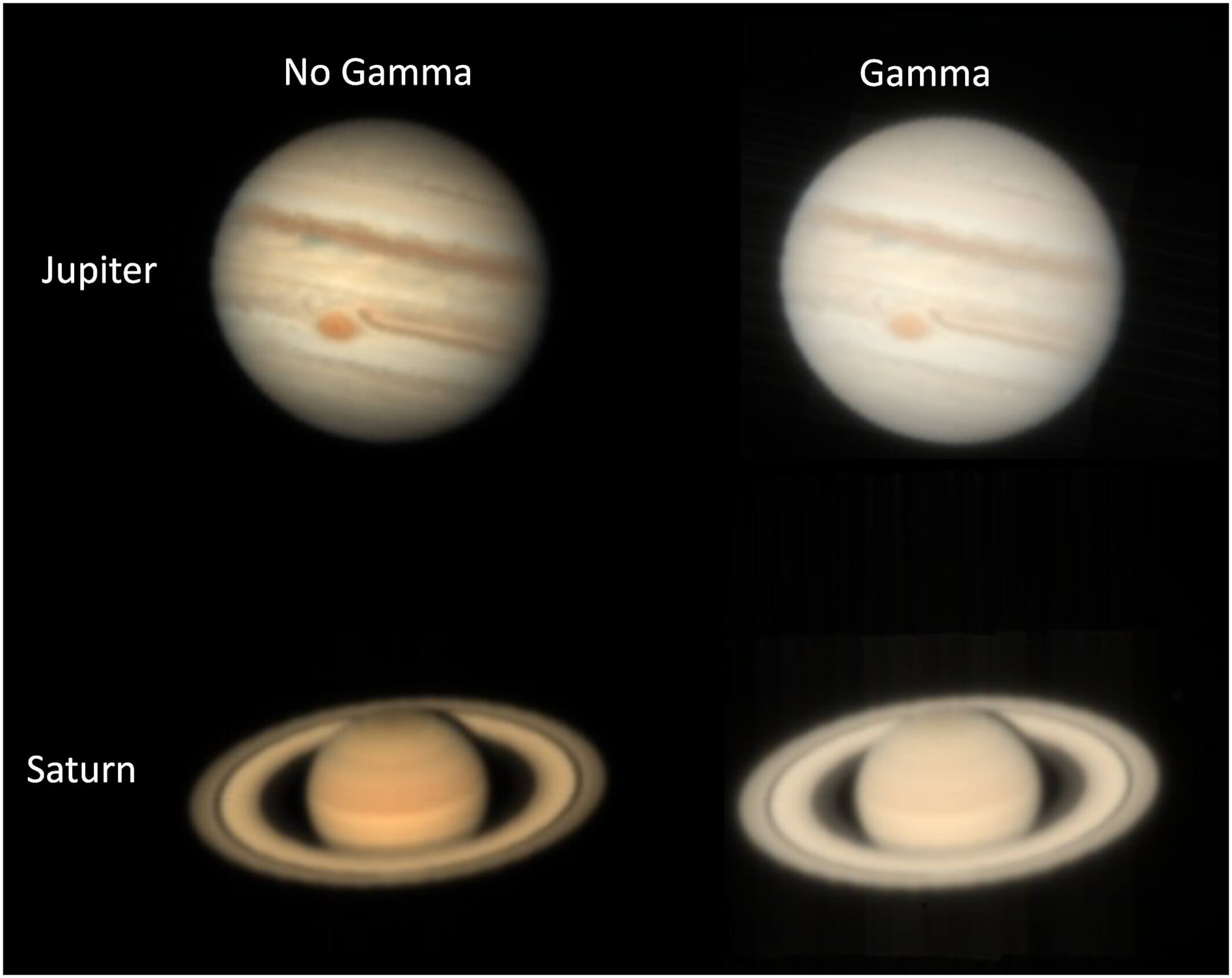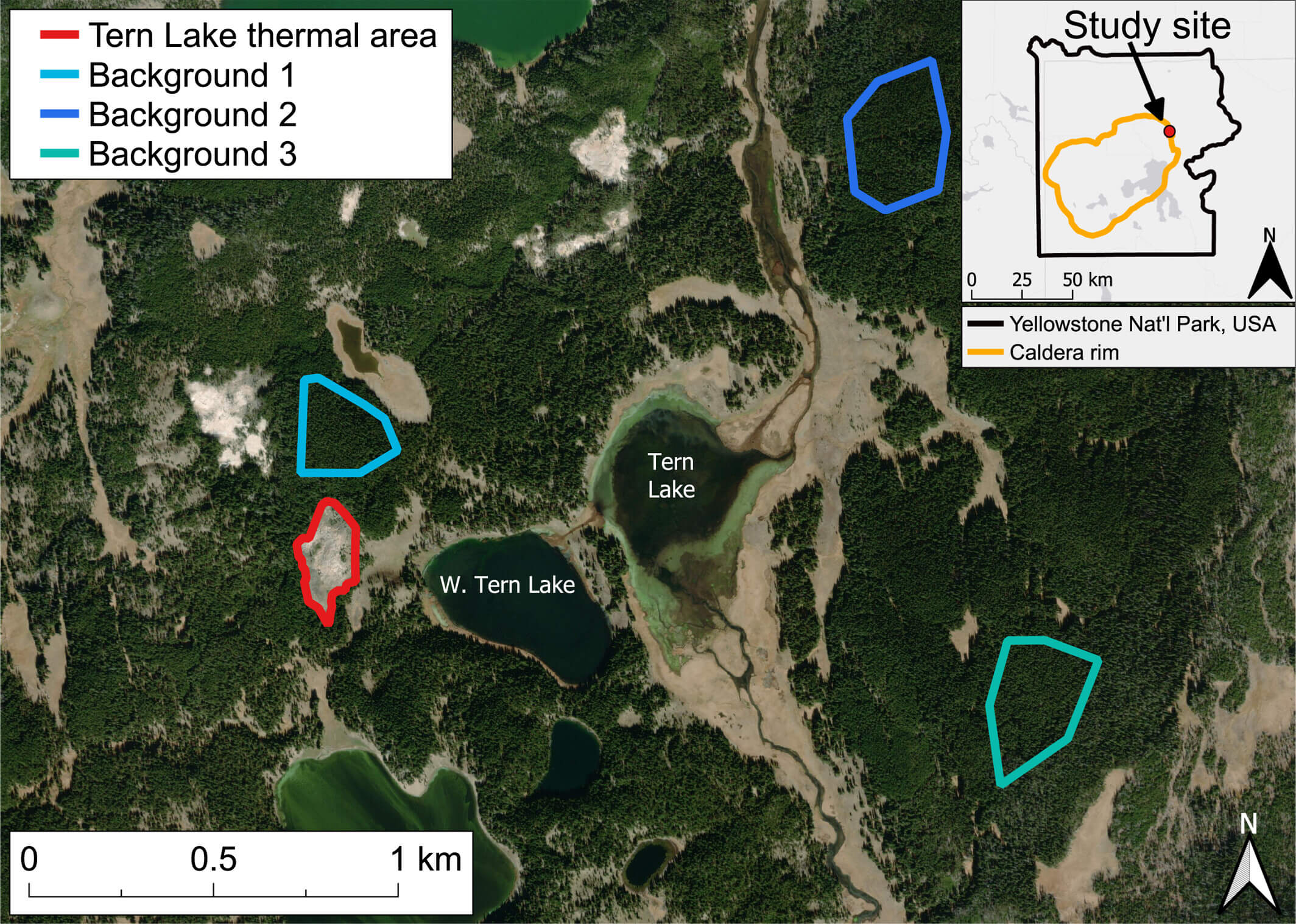
In the lush tropics of Panama, a quiet revolution has been taking place among the trees. For 16 years, scientists have been tracking the way different species interact, grow, and most importantly, store carbon.
Their goal? To understand whether planting diverse forests can enhance the ability of trees to absorb carbon dioxide from the atmosphere, a crucial process in slowing climate change.
What they found was striking: while greater tree diversity led to a significant increase in aboveground carbon storage, the soil beneath these forests told a different story.
A team of researchers, including Florian Schnabel and his colleagues, conducted a long-term experiment in the Sardinilla forest of Panama. The study site, part of the global TreeDivNet network, was planted with one to five different tree species per plot, allowing scientists to compare monocultures with more diverse forests.
Over nearly two decades, they measured carbon levels in trees, leaf litter, woody debris, and the soil. The findings showed that forests with five species stored 57% more carbon in their aboveground biomass than those with just one species. Trees in the diverse plots accumulated an average of 35.7 megagrams of carbon per hectare, compared to only 22.8 megagrams in monocultures.
This is a major boost in carbon sequestration, reinforcing the idea that mixed forests could be a powerful tool in the fight against climate change.
But the soil had a different tale to tell. Instead of gaining carbon, the ground beneath these forests was losing it. Across all levels of diversity, soil organic carbon declined by an average of 11.2 megagrams per hectare over the study period. Even in the plots with the most diverse tree mixtures, where aboveground carbon gains were strongest, the soil carbon balance remained negative.
This unexpected outcome challenges the assumption that increasing tree diversity automatically leads to greater overall carbon storage in forest ecosystems.
The researchers believe several factors could explain this pattern. One possibility is that increased aboveground productivity led to faster decomposition of organic matter, releasing carbon back into the atmosphere rather than storing it underground. Another explanation is that the soil in this region was already rich in carbon from the grassy pasture that existed before the forest was planted.
As the trees grew, they may have altered soil conditions in ways that accelerated the breakdown of this stored carbon. “We expected to see gains in both aboveground and belowground carbon pools, but the lack of a positive effect in the soil was surprising,” says Schnabel.
These findings have significant implications for global reforestation efforts. Large-scale tree planting initiatives, such as the Bonn Challenge and the New York Declaration on Forests, aim to restore millions of hectares of forest as a climate solution. However, if reforestation is primarily increasing aboveground carbon storage while depleting soil carbon, the net benefits may be lower than expected.
This suggests that forest restoration strategies should focus not only on tree species diversity but also on soil management practices that help maintain underground carbon reserves.
Reference
https://doi.org/10.1111/gcb.70089


